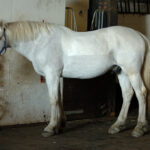Blanketing horses is an essential aspect of equine care, especially during cold seasons or for horses with special needs. However, many horse owners struggle with horses that resist, fear, or even panic when a blanket approaches. This resistance isn’t mere stubbornness—it often stems from natural instincts, past negative experiences, or simply unfamiliarity. The good news is that with patience, consistency, and proper training techniques, you can teach your horse to not only tolerate blankets but to accept them calmly as part of their routine. This comprehensive guide will walk you through proven methods to help your equine companion become comfortable with blankets, making this necessary care task stress-free for both of you.
Understanding Why Horses Fear Blankets
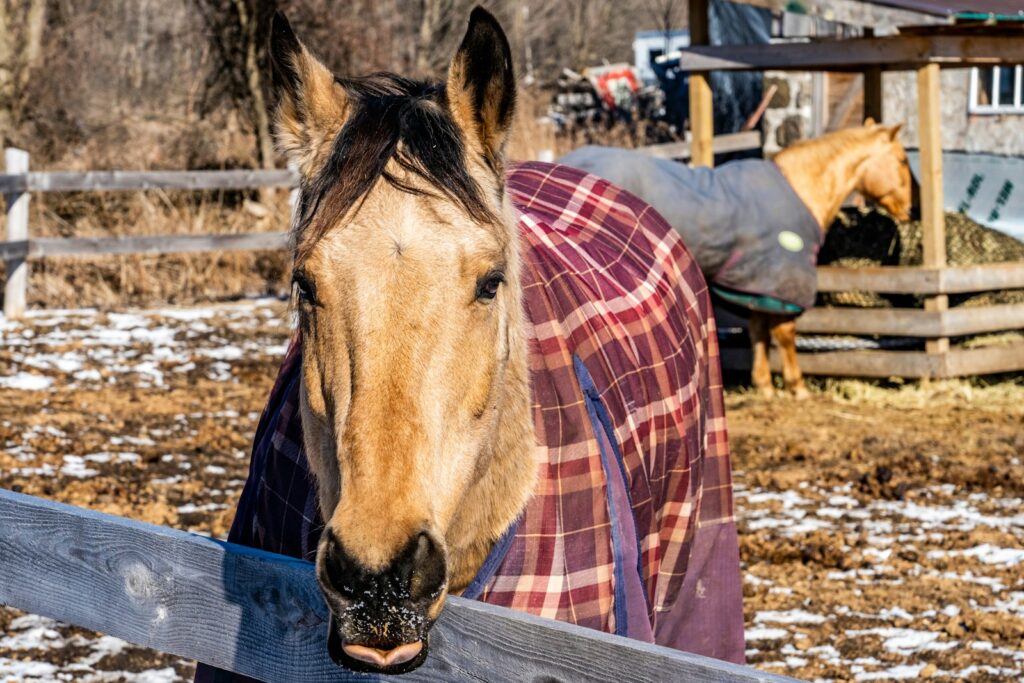
Horses are prey animals with highly developed flight instincts, making them naturally cautious of unfamiliar objects, especially those that move or make noise. A horse blanket can trigger these instincts because it’s large, potentially makes crinkling sounds, and most alarmingly to the horse, it approaches from above and behind—areas where predators typically attack. Additionally, horses have poor depth perception directly behind them, so a blanket suddenly appearing in this blind spot can startle even the calmest equine. Some horses may have had previous negative experiences with blankets, perhaps being trapped or frightened during a blanketing attempt, creating lasting fear associations. Understanding these natural and learned responses is crucial for developing an effective training approach tailored to your horse’s specific concerns.
Assessing Your Horse’s Current Blanket Reaction
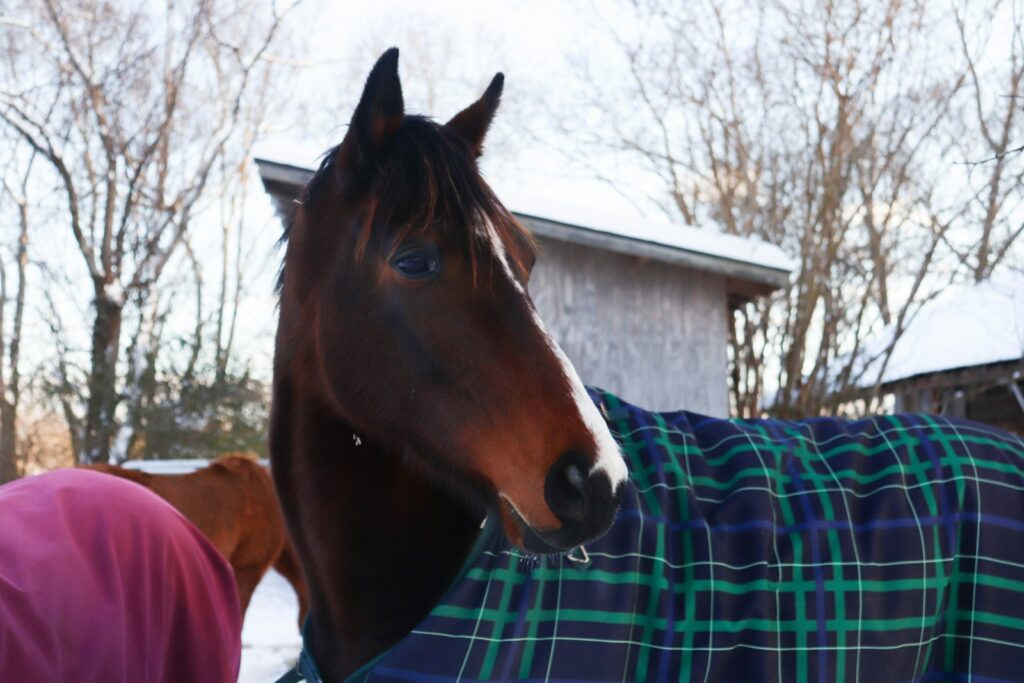
Before beginning blanket training, take time to carefully observe how your horse currently responds to blankets. Does he show mild tension, backing away slightly when the blanket appears, or does he exhibit more extreme reactions like rearing, bolting, or showing whites of his eyes? Note specific triggers—perhaps it’s the sound of the blanket, the feeling of it touching his back, or the straps hanging near his legs. Pay attention to subtle early signs of stress such as ear pinning, tail swishing, or a raised head, as these indicate your horse is becoming uncomfortable before a more dramatic reaction occurs. This detailed assessment helps you determine your starting point and develop a training plan that addresses your horse’s specific concerns rather than a one-size-fits-all approach. Document these observations to track progress as you work through the training process.
Gathering the Right Training Equipment
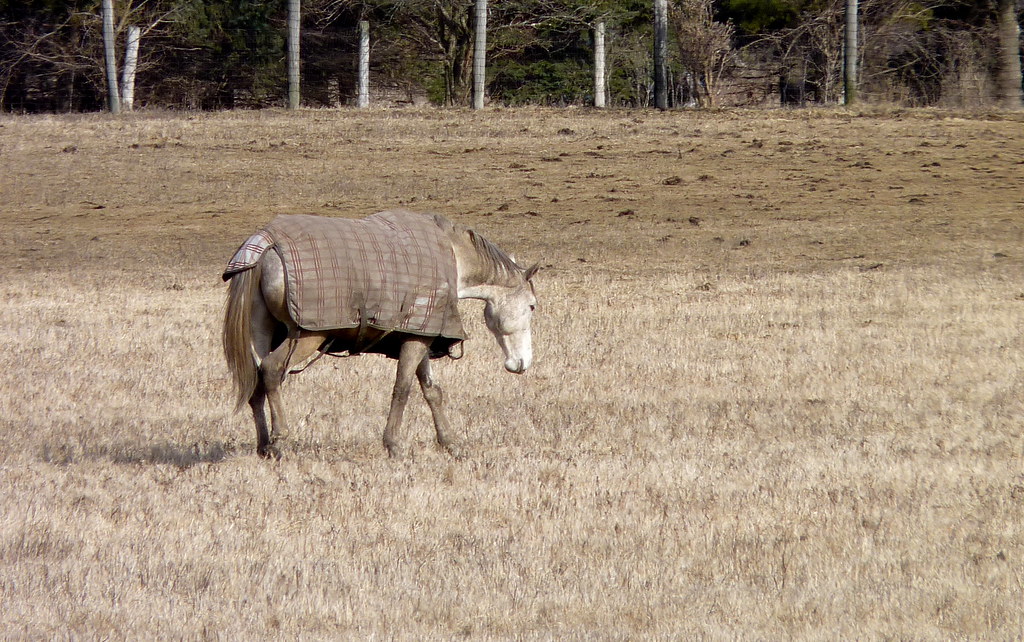
Successful blanket training requires preparation beyond just having the blanket itself. You’ll need a safe, enclosed area with good footing where your horse feels comfortable and can focus on the training without distractions. Always wear appropriate safety gear including sturdy boots and gloves, as even typically calm horses can move unexpectedly during this process. Have a properly fitting halter and lead rope to maintain control while allowing your horse freedom to express his feelings safely. Consider using a training blanket—an older, lighter blanket that’s less intimidating—before introducing your actual turnout or stable blanket. Some trainers find success using props like towels or small blankets to start with before progressing to full-sized horse blankets. Having treats on hand (if your horse is food-motivated) can help create positive associations throughout the training process.
Creating a Positive Introduction to Blankets
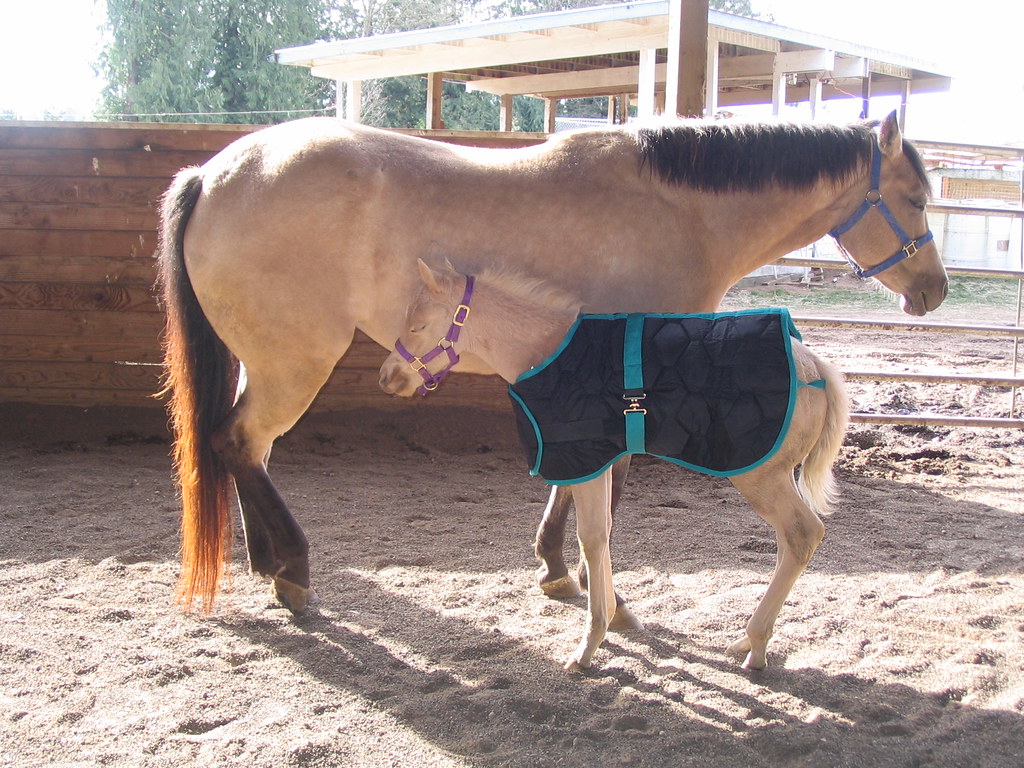
The first impression your horse forms about blankets can set the tone for all future blanket interactions, making a positive introduction crucial. Begin by simply bringing the folded blanket into your horse’s space without any attempt to put it on him. Allow him to see and smell it while you remain calm and positive, talking in soothing tones. If your horse shows curiosity, reward this interest with praise, gentle scratches in his favorite spots, or a small treat if appropriate. Gradually move the blanket closer, still without any pressure to accept it on his body. Some horses benefit from seeing the blanket placed on a fence or stall door first, giving them time to observe it from a safe distance. Remember that fearful horses need much longer at this stage than curious ones—rushing creates negative associations that can be difficult to overcome later.
Implementing Desensitization Techniques

Systematic desensitization is a powerful training approach where you gradually expose your horse to the blanket in increasingly challenging ways while ensuring he remains calm at each step. Begin by gently touching your horse’s least sensitive areas (usually neck and shoulder) with the blanket, retreating immediately when he stands calmly, creating a clear reward for acceptance. Over several sessions, slowly expand the areas you touch with the blanket, including the back, hindquarters, and legs, always rewarding calm behavior and never forcing progress. Pay special attention to the sound desensitization by deliberately creating the crinkly noise blankets often make, starting softly and at a distance, then gradually bringing it closer as your horse learns to ignore it. This methodical approach builds tolerance by keeping the horse under his stress threshold while creating new neural pathways associated with calm acceptance rather than fear.
Teaching Your Horse to Accept Movement Above
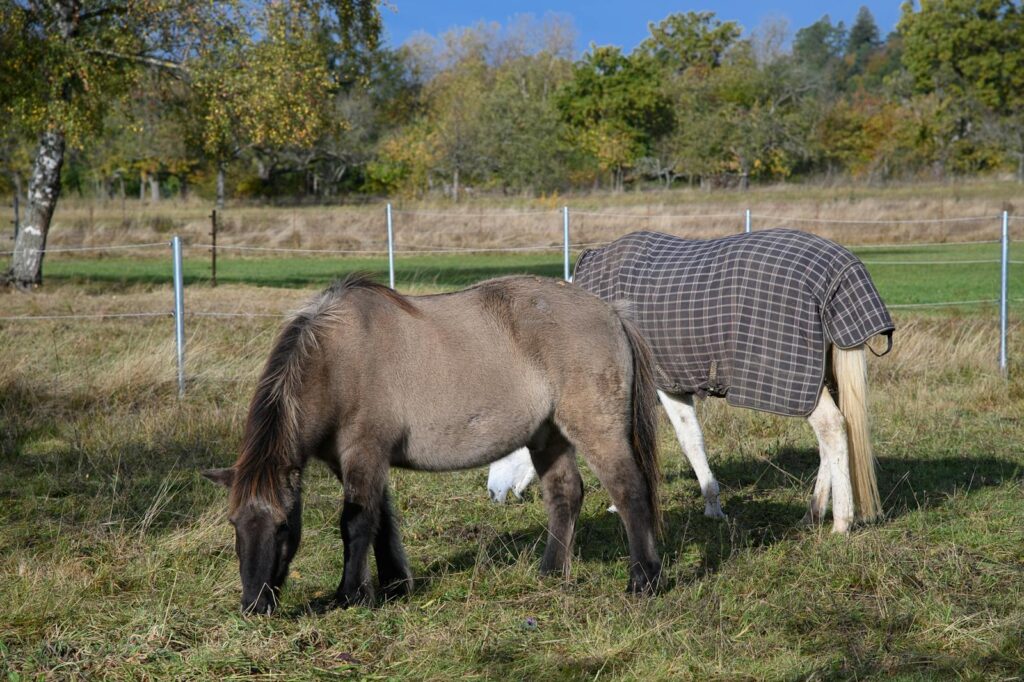
One of the most challenging aspects of blanket training is helping horses accept movement above and behind them, which can trigger strong defensive reactions. Begin working with the blanket at shoulder height, where your horse can easily see it, gradually raising it slightly higher with each successful calm reaction. Practice smooth, slow movements with the blanket at first, avoiding any quick or jerky actions that might startle your sensitive equine partner. When your horse consistently accepts the blanket’s presence above his withers, begin practicing gentle, controlled movements that mimic the beginning of placing a blanket on his back. Throughout this process, maintain a consistent, confident energy that communicates to your horse that these actions are normal and safe. Remember that some horses may take days or even weeks to fully accept this step, so patience and consistent short training sessions will yield better results than lengthy, frustrating attempts.
Mastering the Draping Technique

The actual draping of the blanket requires careful technique to ensure your horse’s comfort and safety. Position yourself at your horse’s shoulder where he can see you clearly, holding the blanket folded so it’s compact rather than flapping openly. Begin by placing just the front edge of the blanket on your horse’s withers, keeping your movements slow, deliberate, and consistent. If your horse accepts this initial contact, gradually unfold and slide the blanket backward along his spine rather than dropping it suddenly onto his back. Always maintain contact with both the horse and the blanket during this process, as this continuous touch helps prevent startle responses from unexpected sensations. Should your horse tense up or move away, don’t immediately remove the blanket (which can inadvertently reward the avoidance behavior), but instead pause, reassure him verbally, and continue when he relaxes, even if you need to take a small step backward in the process.
Addressing Leg Strap Anxiety

Many horses that accept the blanket on their backs still struggle with leg straps, which can feel restrictive and alarming as they hang and move near sensitive areas. Begin strap training separately from the main blanket, using just the straps or similar items that can be safely handled around your horse’s hindquarters and between the legs. Gradually introduce the sensation of the strap touching the inside of the legs and belly area, always working within your horse’s comfort zone. For horses with significant anxiety about this step, consider using alternative securing methods like surcingles or specially designed blanket attachments that don’t require traditional leg straps until confidence is built. When reintroducing traditional straps, ensure they’re adjusted to appropriate lengths that prevent excessive movement while not being restrictively tight, as improper fit can create ongoing negative associations with blanketing.
Training for Front Chest Closures
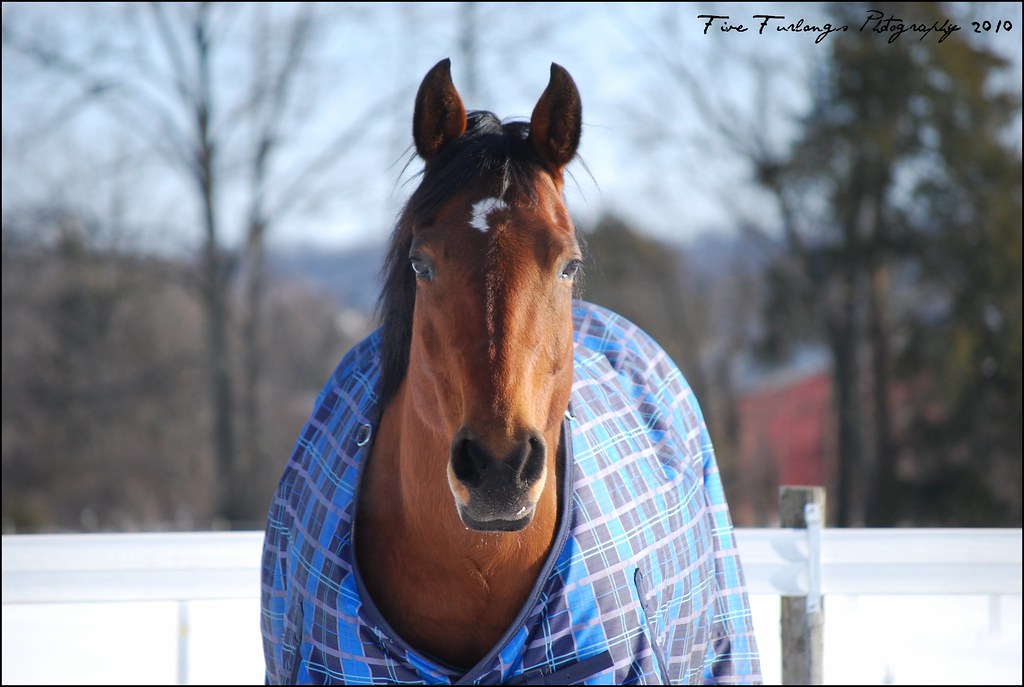
The front chest closures present unique challenges as they require you to be positioned at your horse’s head and chest, sometimes out of his direct line of sight while securing buckles, snaps, or velcro. Begin by habituating your horse to the specific sounds these closures make before attempting to use them on his body, as unexpected clicks or ripping velcro sounds near the face can trigger startled reactions. Practice reaching under your horse’s neck to secure closures while he’s eating or otherwise distracted, gradually building duration as he becomes comfortable with this handling. For horses that tend to walk forward while you’re attempting to secure these closures, incorporate specific groundwork exercises to reinforce standing still during handling. Some trainers find success using approach and retreat techniques with the chest closures, briefly touching them to the appropriate area and removing them before gradually extending the contact time until the horse accepts the full securing process.
Using Clicker Training for Blanket Acceptance

Clicker training offers a precise way to mark and reward desired behaviors during blanket training, creating clear communication that accelerates learning. Begin by establishing the clicker as a positive marker by clicking and immediately treating your horse several times until he understands this association. Once this foundation is established, click and treat for progressively closer interactions with the blanket—looking at it calmly, allowing it near his body, accepting a touch with it, and so on. The beauty of clicker training for blanket acceptance is its ability to capture and reward small moments of bravery or relaxation that might otherwise go unnoticed in traditional training approaches. This method is particularly effective for highly sensitive or anxious horses as it gives them agency in the process, allowing them to offer calm behavior rather than merely responding to pressure. Consistency is crucial—always deliver the treat promptly after clicking to maintain the integrity of this communication system.
Troubleshooting Common Blanket Training Issues
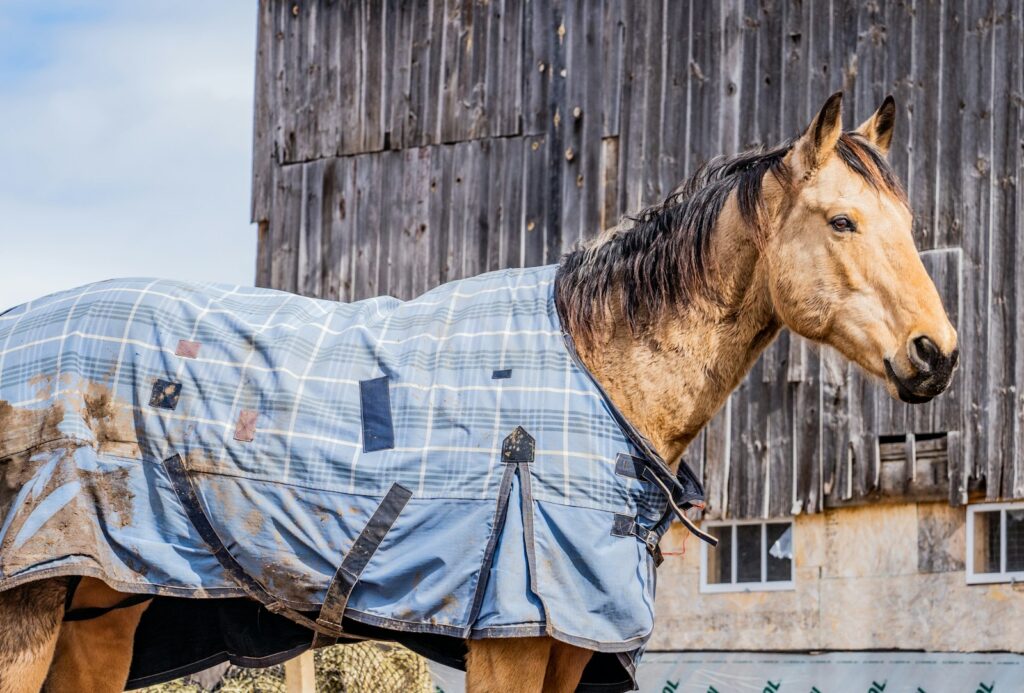
Even with careful training, challenges can arise that require specific problem-solving approaches. For horses that consistently try to move away during blanketing, consider working in a smaller space initially or having a helper gently hold the horse while keeping safety as the priority. If your horse develops a habit of biting at the blanket or you during the process, redirect this behavior by keeping his head occupied with a small treat ball or hay net positioned to encourage proper positioning. When facing persistent fear responses despite methodical training, consider whether the blanket itself might be causing discomfort—check for static electricity, rough areas that might rub, or a poor fit that pinches or restricts movement. Some horses respond better when blanketed immediately after exercise when they’re more relaxed and warm, creating a more positive association with the blanket’s presence. Finally, for horses with severe blanket anxiety, consulting with an equine behaviorist can provide customized strategies for your specific situation.
Maintaining Blanket Acceptance Long-Term
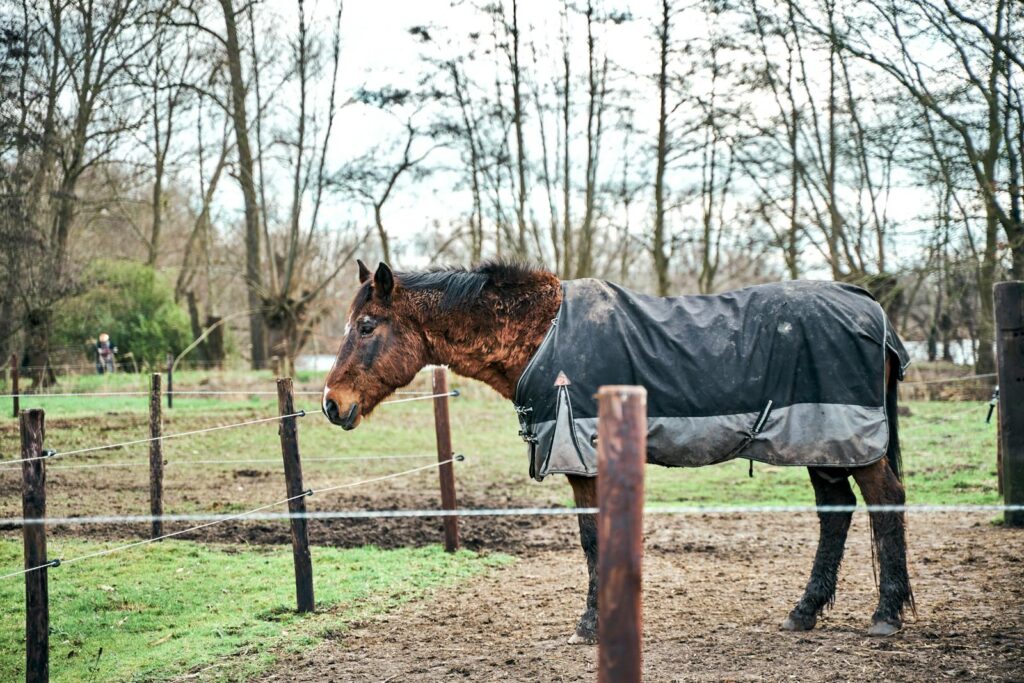
Once your horse has learned to accept blanketing, consistent handling practices will ensure this training remains solid throughout the seasons. Establish a predictable routine for blanketing that your horse can anticipate, using the same approach, verbal cues, and handling technique each time. Periodically practice your blanket training exercises even during warm months when blankets aren’t needed to prevent regression when blanket season returns. Be mindful that different types of blankets—from lightweight fly sheets to heavy winter blankets—may trigger different responses, so introduce each new blanket type using abbreviated versions of your initial training process. Remember that changes in your horse’s health, environment, or handling can affect blanket acceptance, so remain attentive to subtle signs of renewed anxiety and address them promptly before they escalate into full resistance. Most importantly, always approach blanketing with calm confidence rather than apprehension, as horses are remarkably sensitive to their handler’s emotional state.
When to Seek Professional Assistance
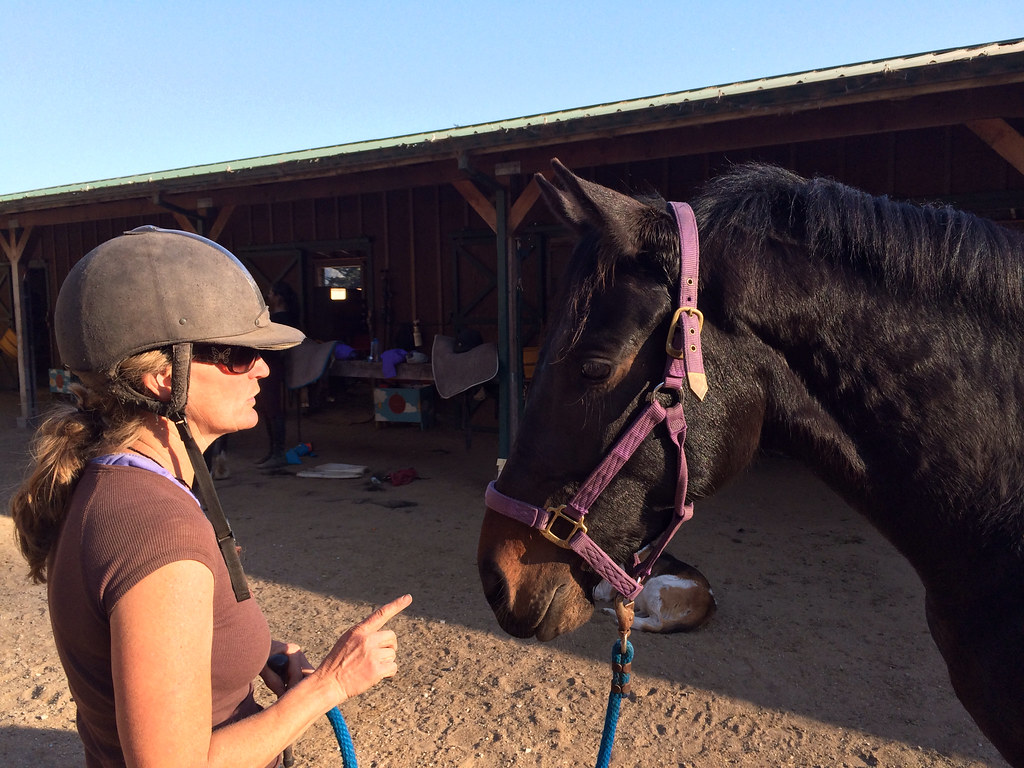
While many horses can be successfully trained to accept blankets through owner-implemented methods, some situations warrant professional intervention. Consider seeking help if your horse’s reactions are dangerous to you or himself, such as rearing, striking, or bolting when blankets appear despite careful training attempts. Professional trainers can offer specialized techniques for horses with traumatic blanket experiences or those with persistent fear responses that haven’t improved with consistent home training. Certified equine behaviorists bring valuable insights into the psychological aspects of blanket resistance, sometimes identifying underlying issues you might have missed. Additionally, professionals can assess whether physical discomfort—perhaps from arthritis, back pain, or skin sensitivity—might be contributing to blanket resistance, requiring veterinary intervention before training can succeed. Remember that seeking help isn’t a training failure but rather a responsible choice that prioritizes both your safety and your horse’s wellbeing.
Training a horse to accept blankets calmly requires patience, understanding, and consistency. By respecting your horse’s natural instincts while methodically building positive associations with blankets, you can transform this potentially stressful experience into a routine part of care that your horse accepts willingly. Remember that each horse is an individual with unique concerns and learning pace—what works quickly for one may take weeks for another. The investment in proper blanket training pays dividends not just in daily handling ease but in the trust relationship you build with your equine partner. With the techniques outlined in this guide, you’re well-equipped to help your horse overcome blanket anxiety and embrace this essential aspect of their care with confidence and calm acceptance.







